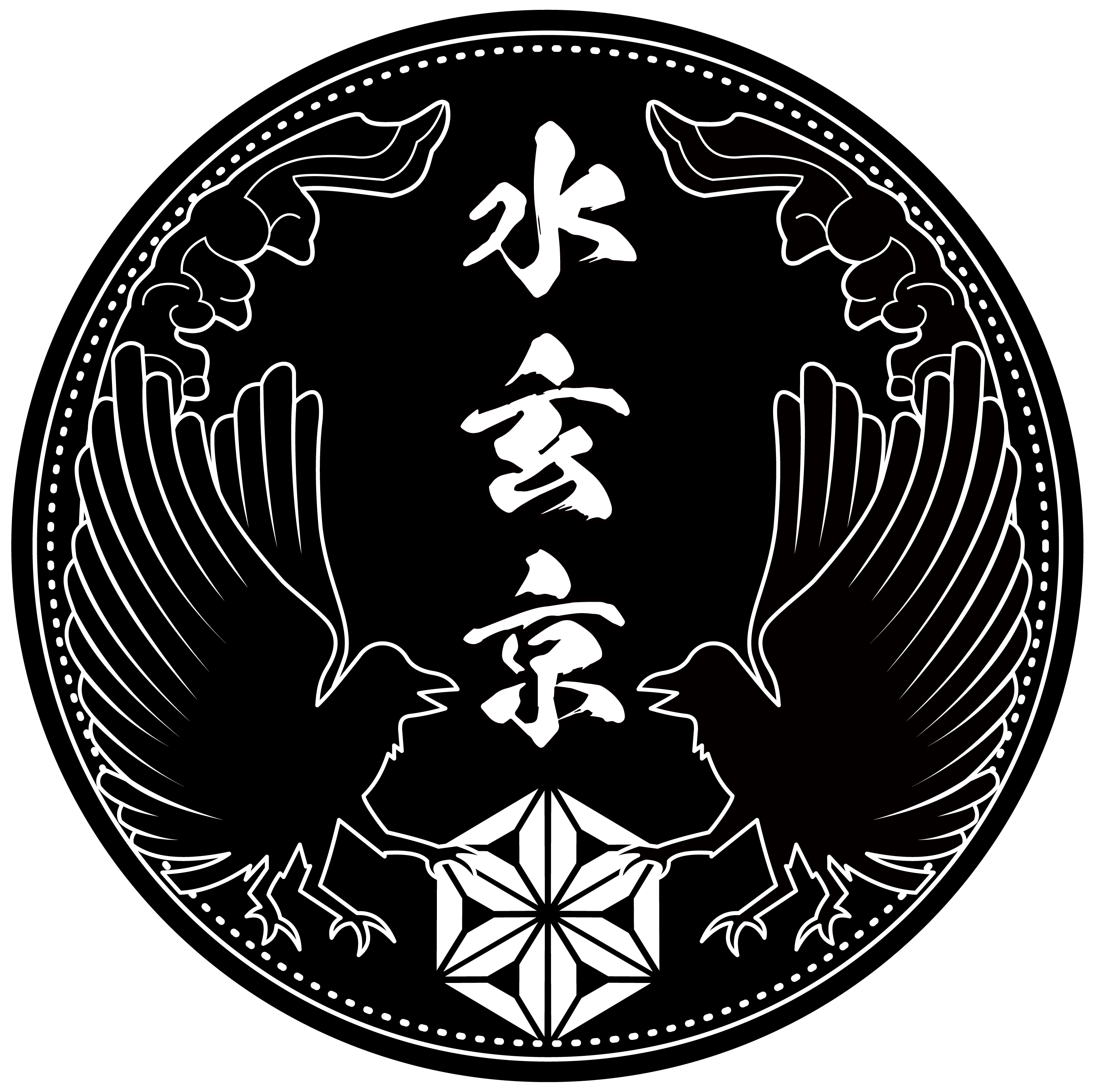Introduction
From the floating torii gates to ancient temples, Japan is known for its distinctive culture that has gained global recognition. One item that embodies the essence of Japanese culture and craftsmanship is the traditional Japanese fan. Whether displayed as art or used for cooling, these timeless pieces of handcrafted art tell unique stories of Japan’s rich history and traditions.
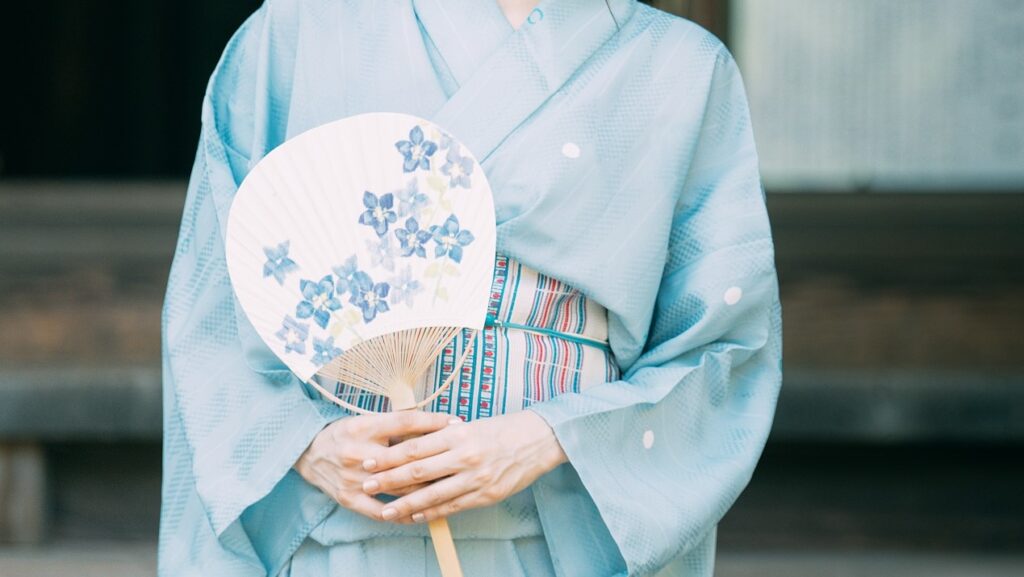
The Appeal of Traditional Japanese Fans
One of the things that make traditional Japanese fans appealing is their intricate handmade designs. Every fan is made using art that has been passed down from generation to generation. The materials vary from paper to silk, depending on how they are crafted and the intended use. The fans are decorated with traditional Japanese art, such as cherry blossoms and landscapes, rendering them as the embodiment of Japanese beauty.
Besides beauty, traditional Japanese fans also have functionality. They are an essential accessory to survive summer in Japan. With temperatures skyrocketing to high degrees, these fans offer instant relief to beat the heat.
Handmade by Skilled Craftsmen
Traditional Japanese fans are unique because they are handmade products that require years of practice and expertise to perfect. Artisans devote their lives to crafting these fans, with some working for families that have been in the industry for generations. They carefully select materials and process them with respect and dedication, ensuring that each of the fans produced is unique.
There are various ways to make traditional Japanese fans, each with its level of complexity. These craftsmen are experts capable of reproducing cumbersome patterns and designs by hand despite the challenges involved, which makes it hard for machines to replace them.
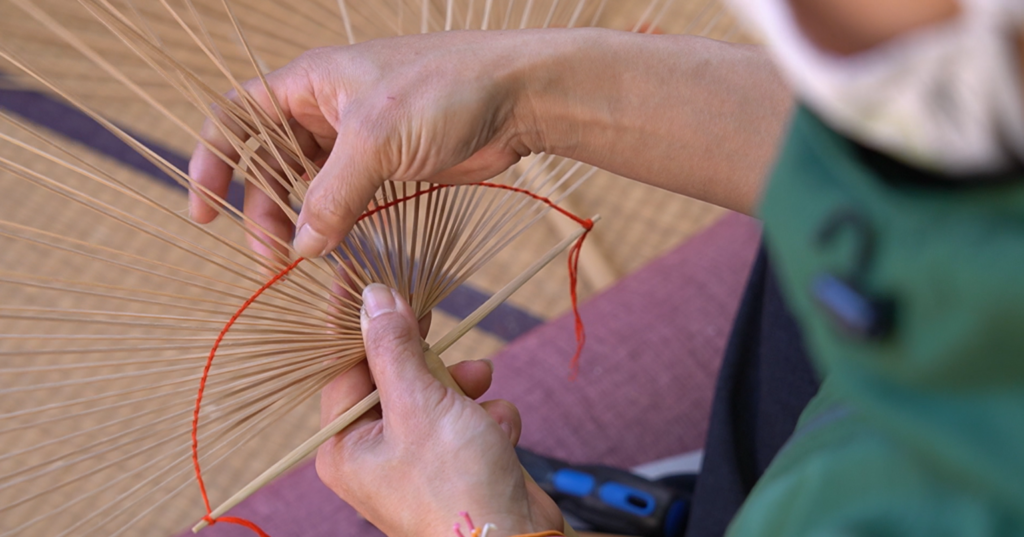
Experiencing Japanese Summers
Summer is a significant part of Japan’s culture, and the traditional Japanese fans’ importance cannot be overemphasized. They are an aesthetically pleasing way to cool off and also to connect with Japanese culture. Local festivals take place throughout summer, with traditional Japanese fans as part of the dress code. Fans, both large and small, can be seen in the hands of everyone from young children to grandparents.
Additionally, traditional Japanese fans have spiritual meanings. They are believed to influence spirits positively, and Japanese monks use them in their exorcism rituals. Japanese fans also played a role in the court culture, where they were used to rate aesthetics.
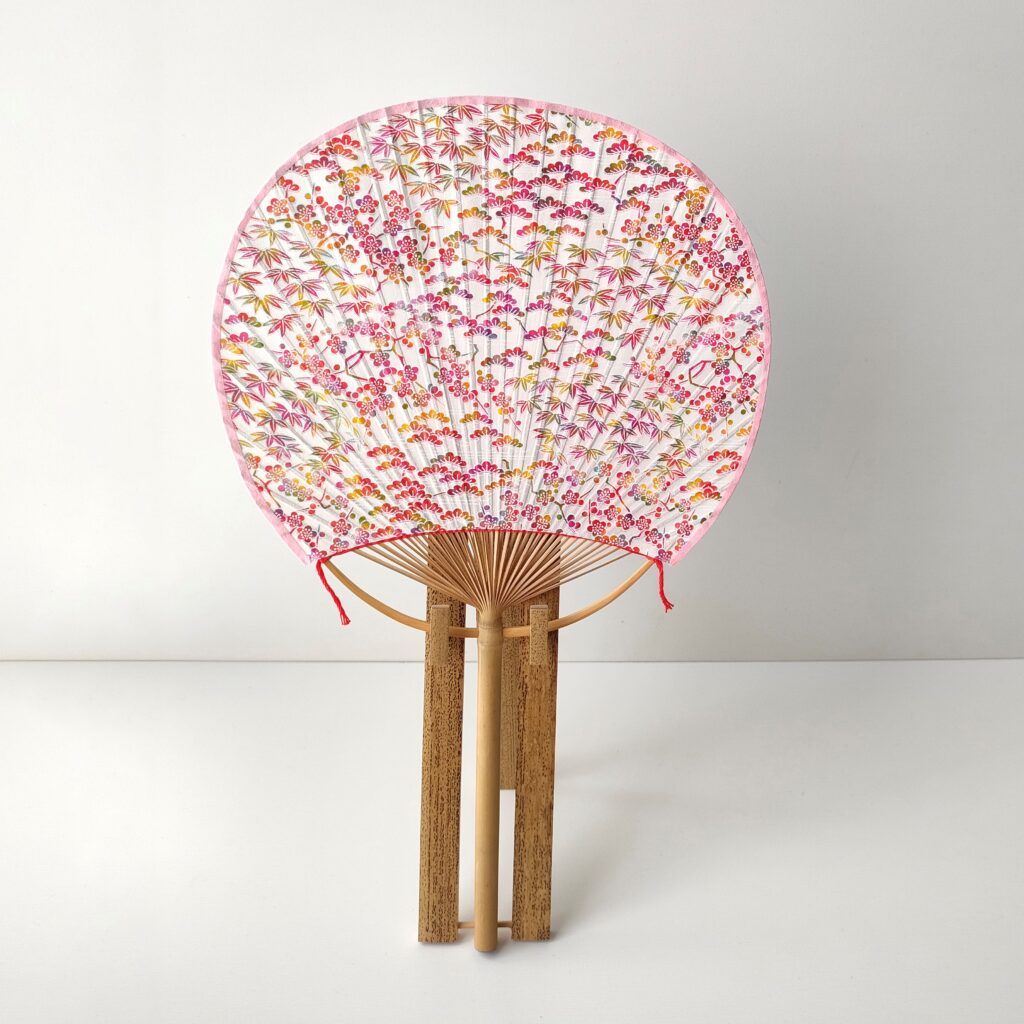
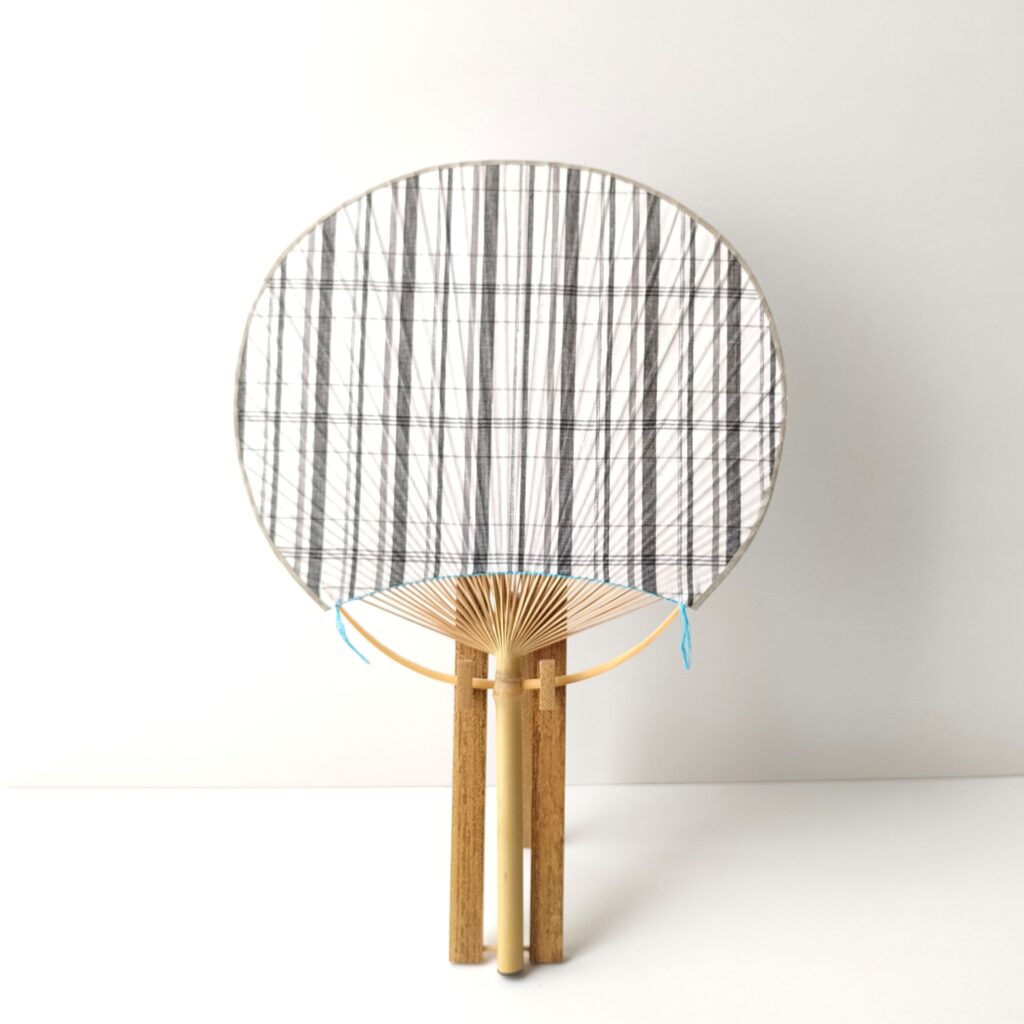
Conclusion
Finally, the traditional Japanese fan has a cultural charm that matches no other. It is a product that defines Japanese culture and craftsmanship, with its production taking years of practice, dedication, and love. It represents a country that holds its traditions close to heart, and owning one gives you the opportunity to experience Japan’s rich culture and history. With a wide variety of fans available, there is always something for everyone who wants to own a piece of Japanese culture.
